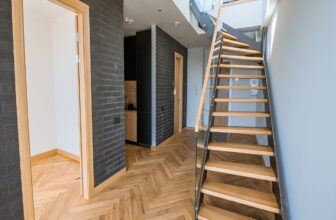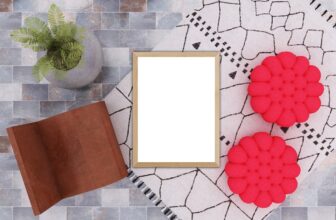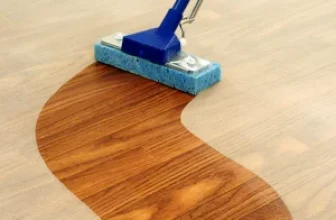When it comes to home decor, choosing the right rug padding for hardwood floors can transform a space. But just as important as the rug itself is the rug padding underneath it, especially when you’re placing rugs on hardwood floors. Rug padding serves as a protective layer between the rug and your hardwood floor, providing comfort, preventing damage, and enhancing the rug’s longevity. In this guide, we’ll walk you through the process of selecting the perfect rug padding for hardwood floors, ensuring both protection and comfort.
Why Is Rug Padding Important for Hardwood Floors?
Before diving into the types of rug padding, it’s essential to understand why it’s so crucial, especially for hardwood floors:
Factors to Consider When Choosing Rug Padding for Hardwood Floors
Selecting the right rug padding requires considering several factors. Let’s break them down:
1. Material of the Rug Pad
Rug pads come in various materials, each offering different levels of performance and protection. Here are the most common materials:
2. Thickness of the Rug Pad
The thickness of the rug pad directly impacts the comfort level and functionality of the rug. Thicker pads provide more cushioning but can also alter the rug’s appearance and the overall look of the room.
3. Non-Slip Feature
One of the primary reasons for using rug padding is to prevent the rug from slipping, especially on hardwood floors. A rug that moves around can cause damage to both the floor and the rug itself, and it can also pose a tripping hazard. Look for rug pads with non-slip properties, such as those made from natural rubber or pads that combine felt with rubber backing.
Rubber pads are the most effective in terms of grip, but it’s essential to ensure that the rubber is safe for hardwood floors. Some rubber pads can leave marks or stains, so be sure to select a pad specifically designed for hardwood floors.
4. Durability and Longevity
Rug padding should last as long as your rug. When selecting a rug pad, check the product’s durability. Felt and rubber pads are both highly durable, with felt offering longevity for cushioning, and rubber providing long-term non-slip support. Make sure the pad you choose is built to withstand the wear and tear of everyday foot traffic.
5. Eco-Friendliness
For those who are environmentally conscious, consider choosing a rug pad made from eco-friendly materials. Felt pads are often made from recycled fibers, and natural rubber pads are biodegradable. These materials provide an eco-friendly alternative to synthetic options.
How to Install Rug Padding on Hardwood Floors
Once you’ve selected the right rug padding, the next step is installation. Here’s how to install it properly:
By investing in the proper padding, you protect your investment in your rug and also ensure a safe and comfortable environment in your home. The right padding complements your home decor, enhances the aesthetic appeal of your furniture, and preserves the quality of your flooring. Visit Home show in Manchester NH for more expert tips and product recommendations to elevate your home’s style and functionality.
Conclusion
Choosing the right rug padding for hardwood floors is crucial to protect your floor, prevent slippage, and enhance the comfort and longevity of your rug. Consider the material, thickness, non-slip properties, and eco-friendliness when making your choice. With the right rug padding, your hardwood floors will stay protected, and your rug will continue to look and feel great for years to come.





